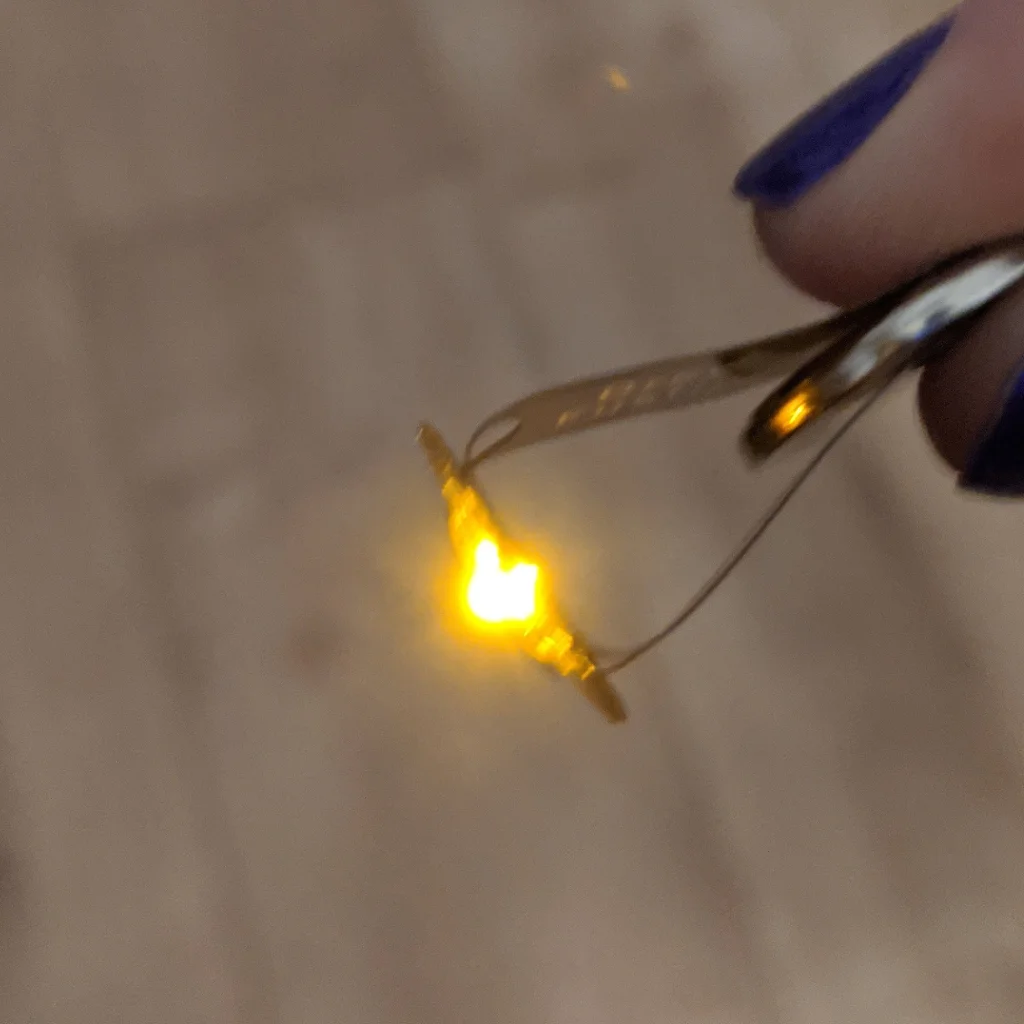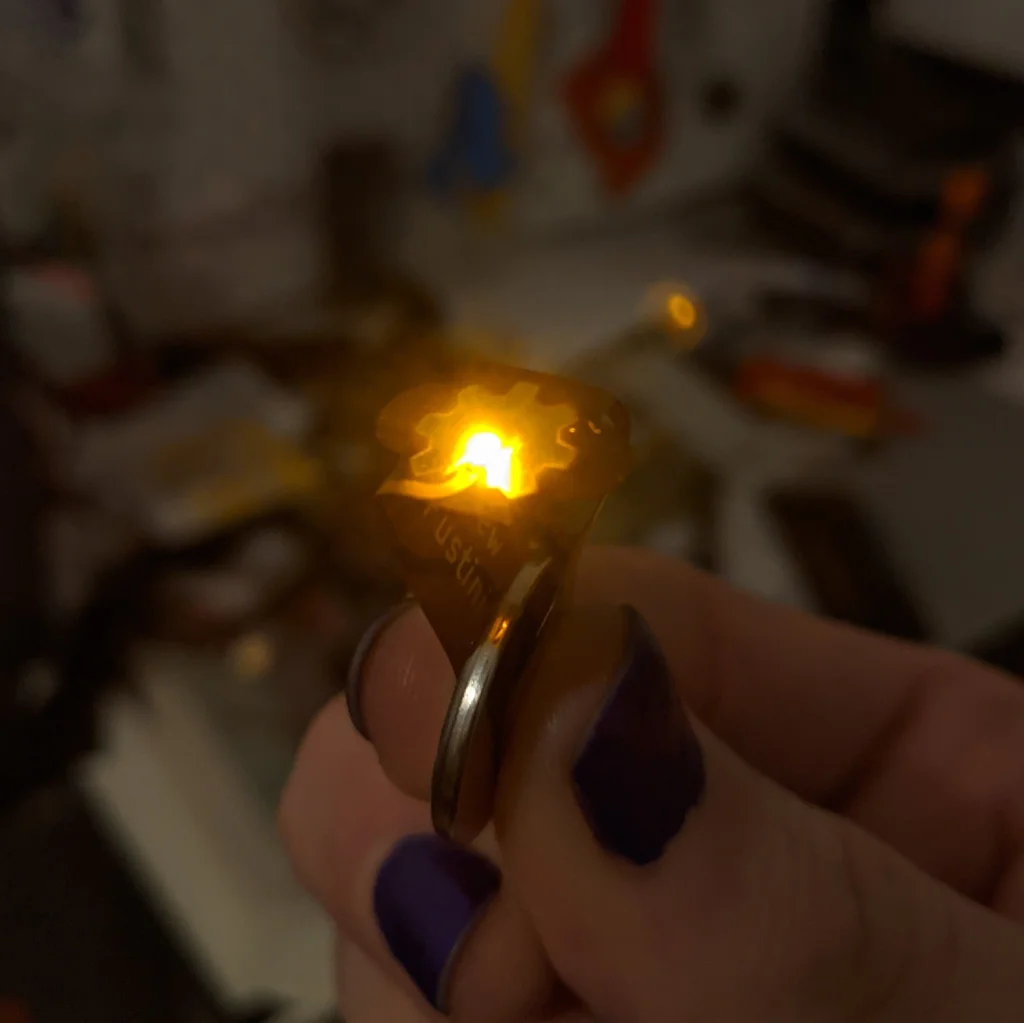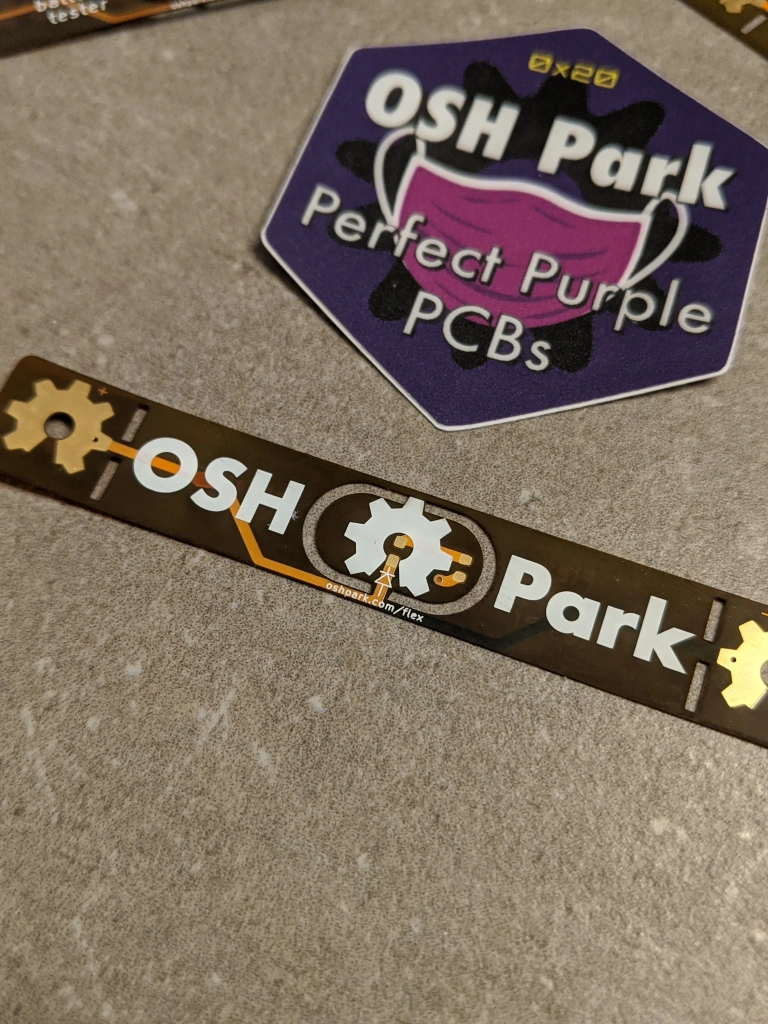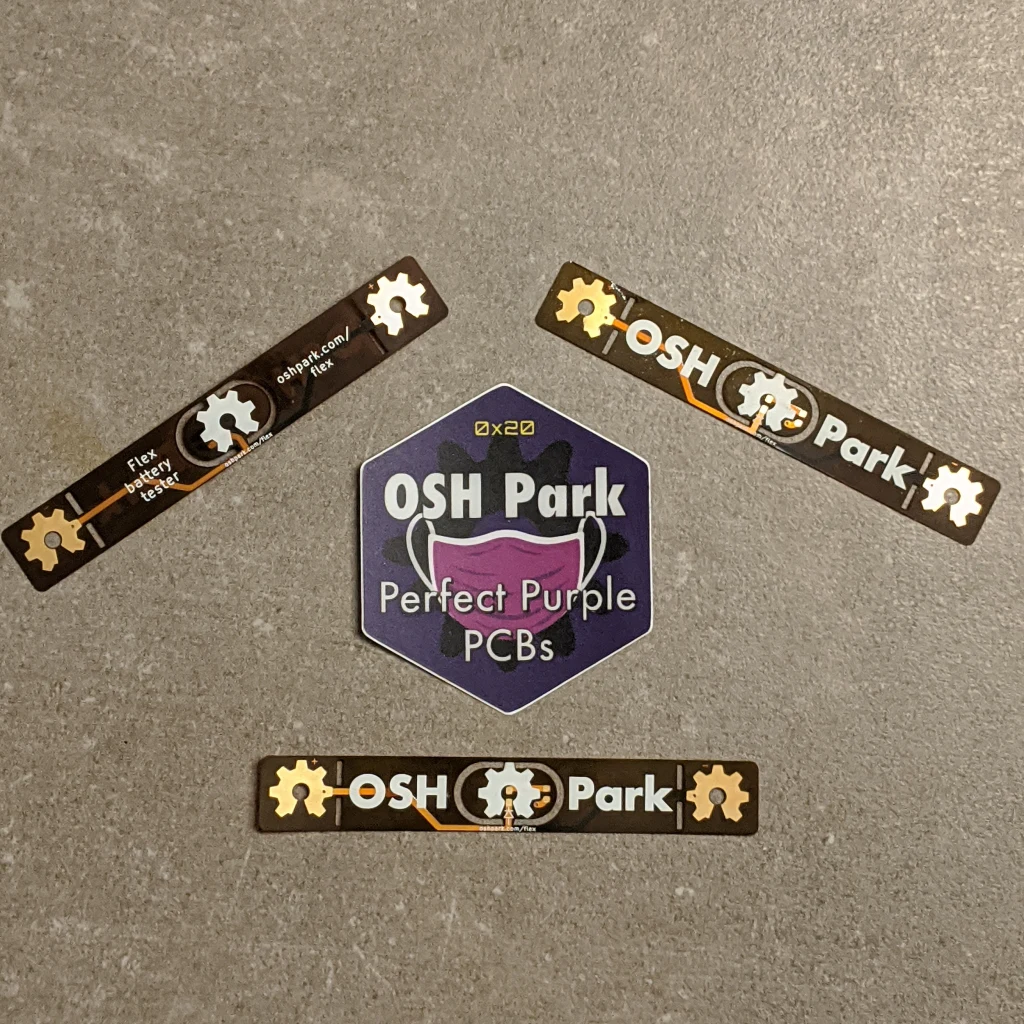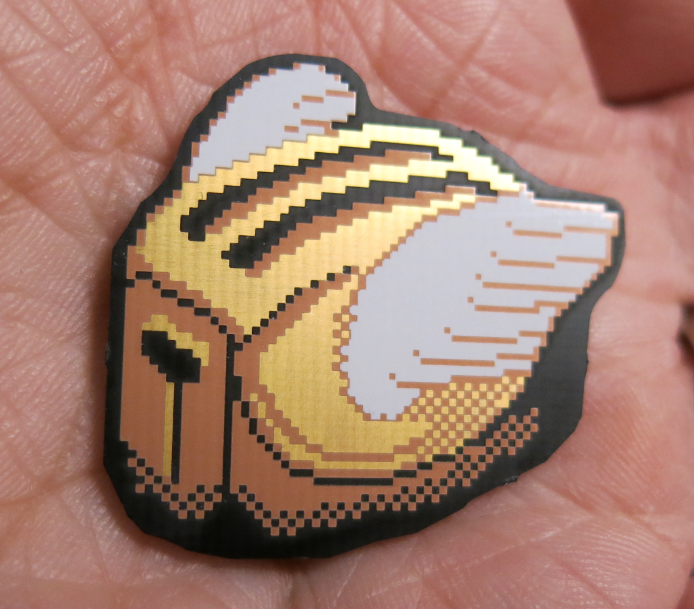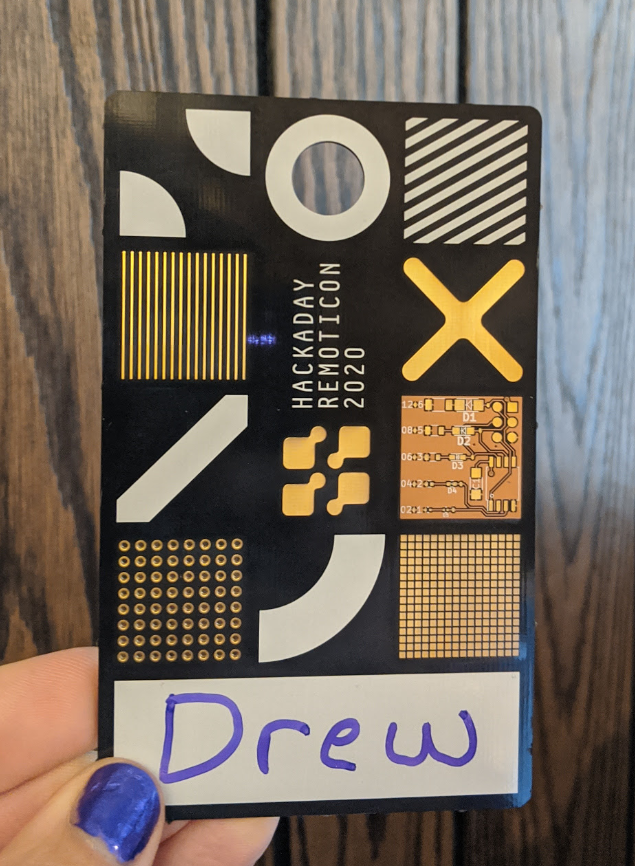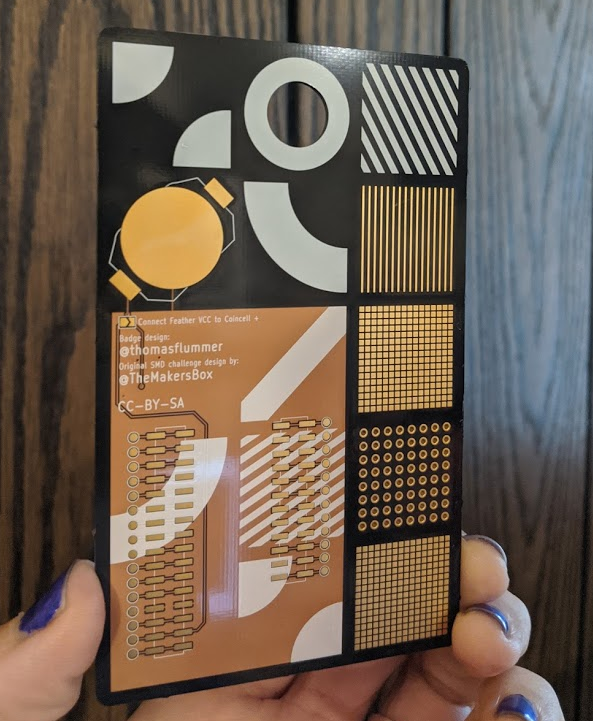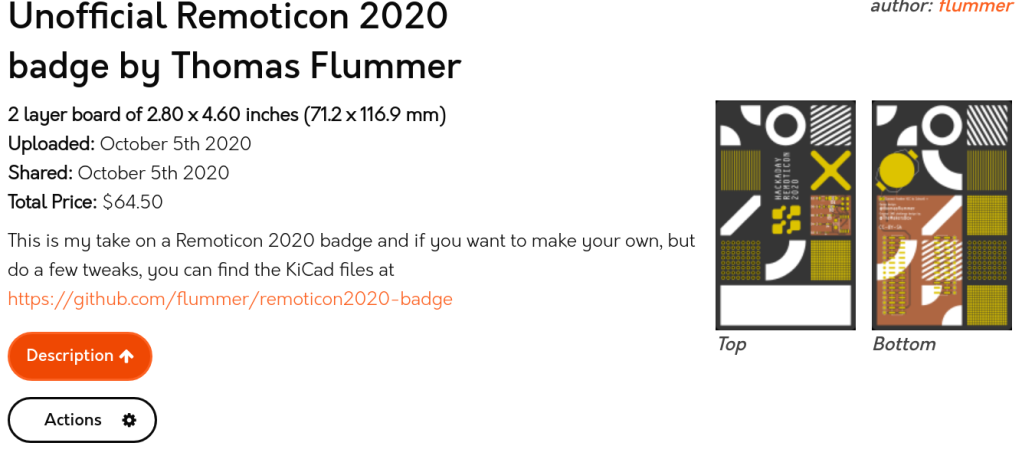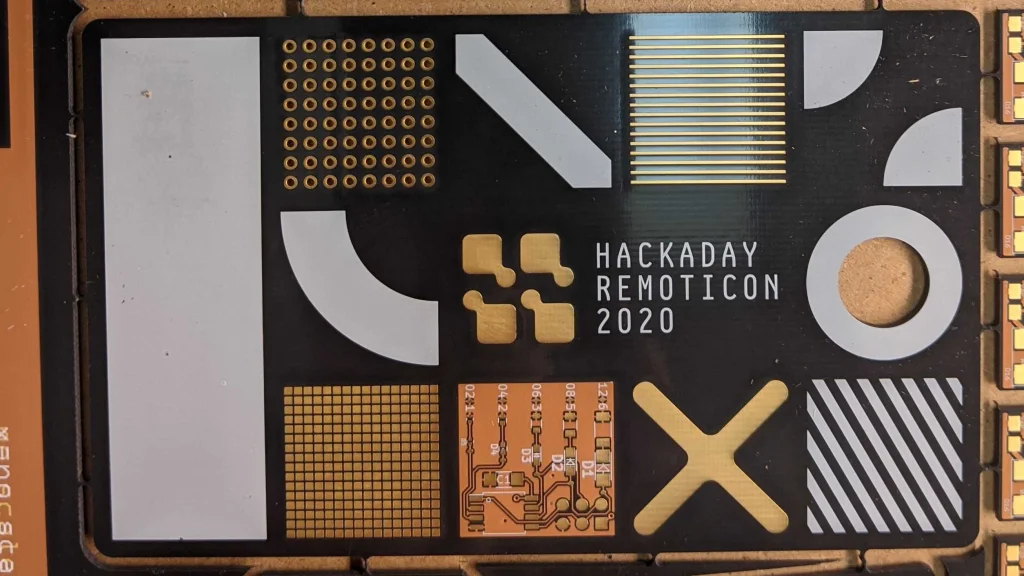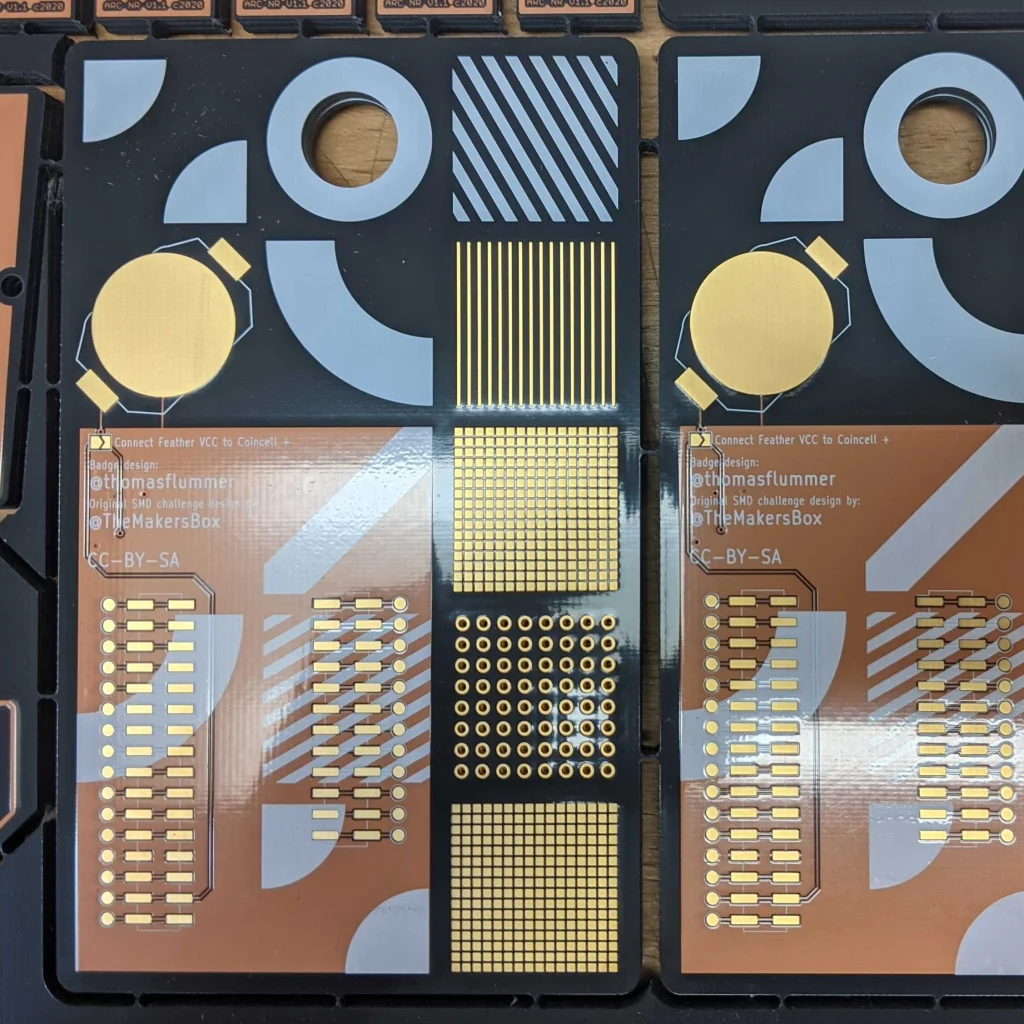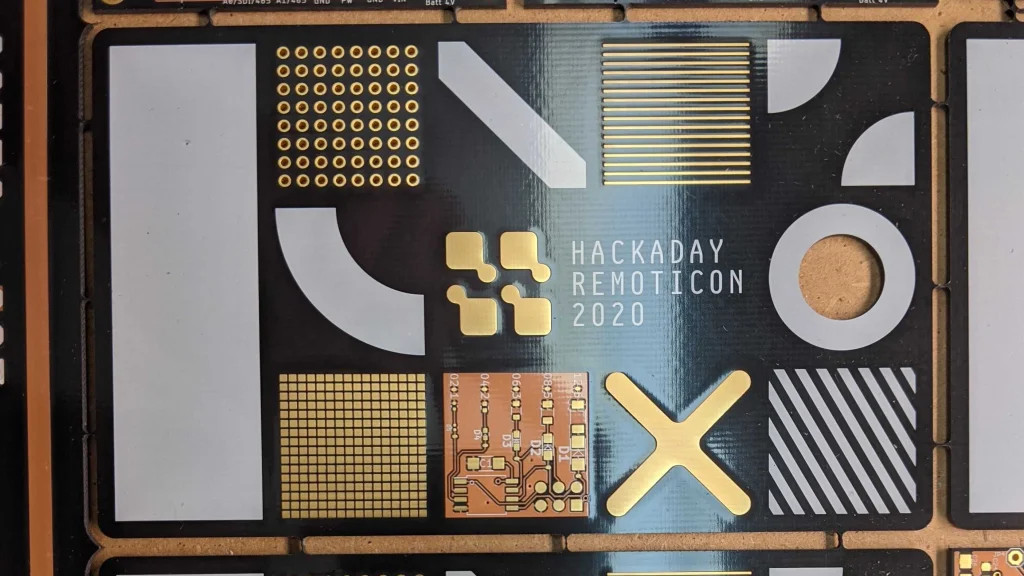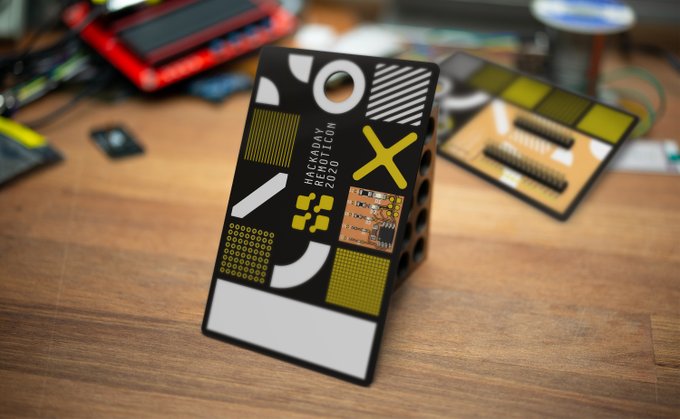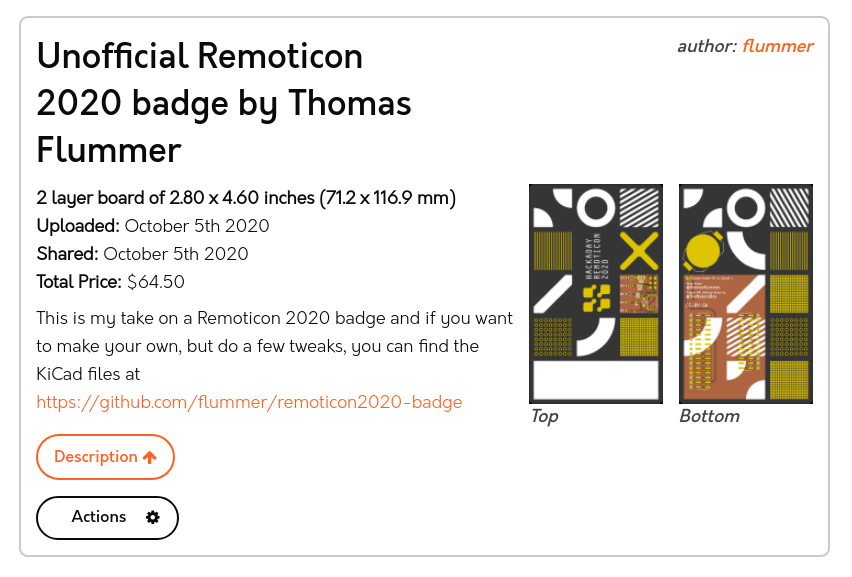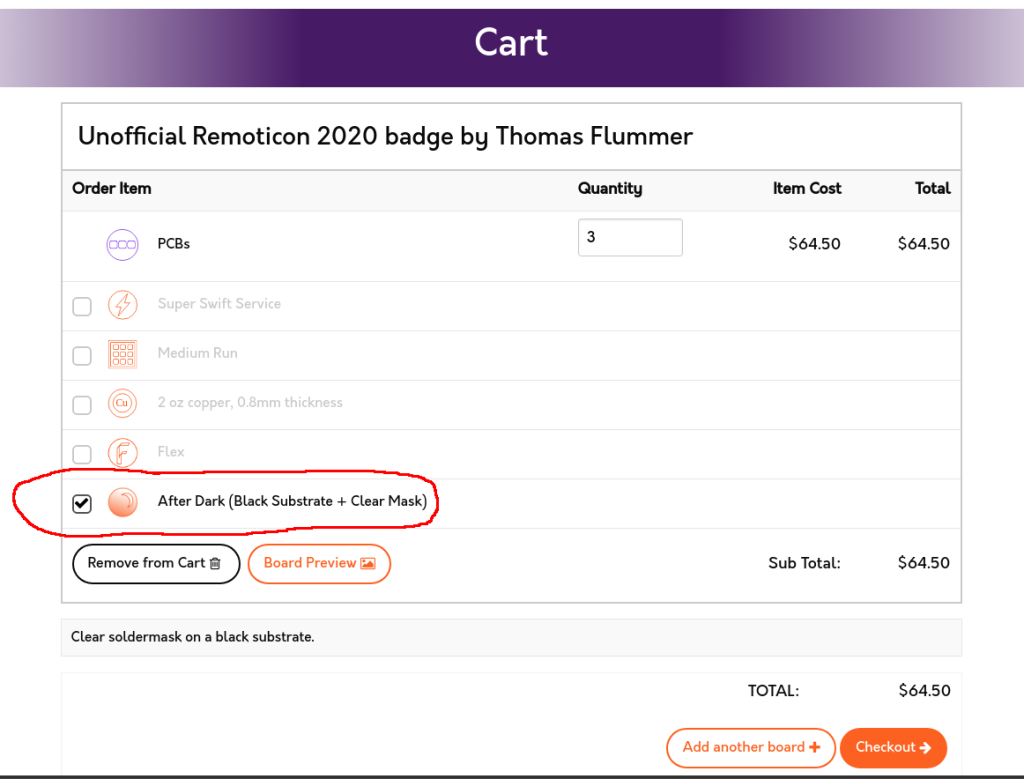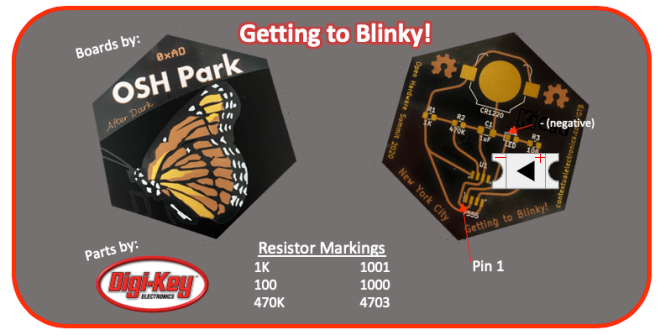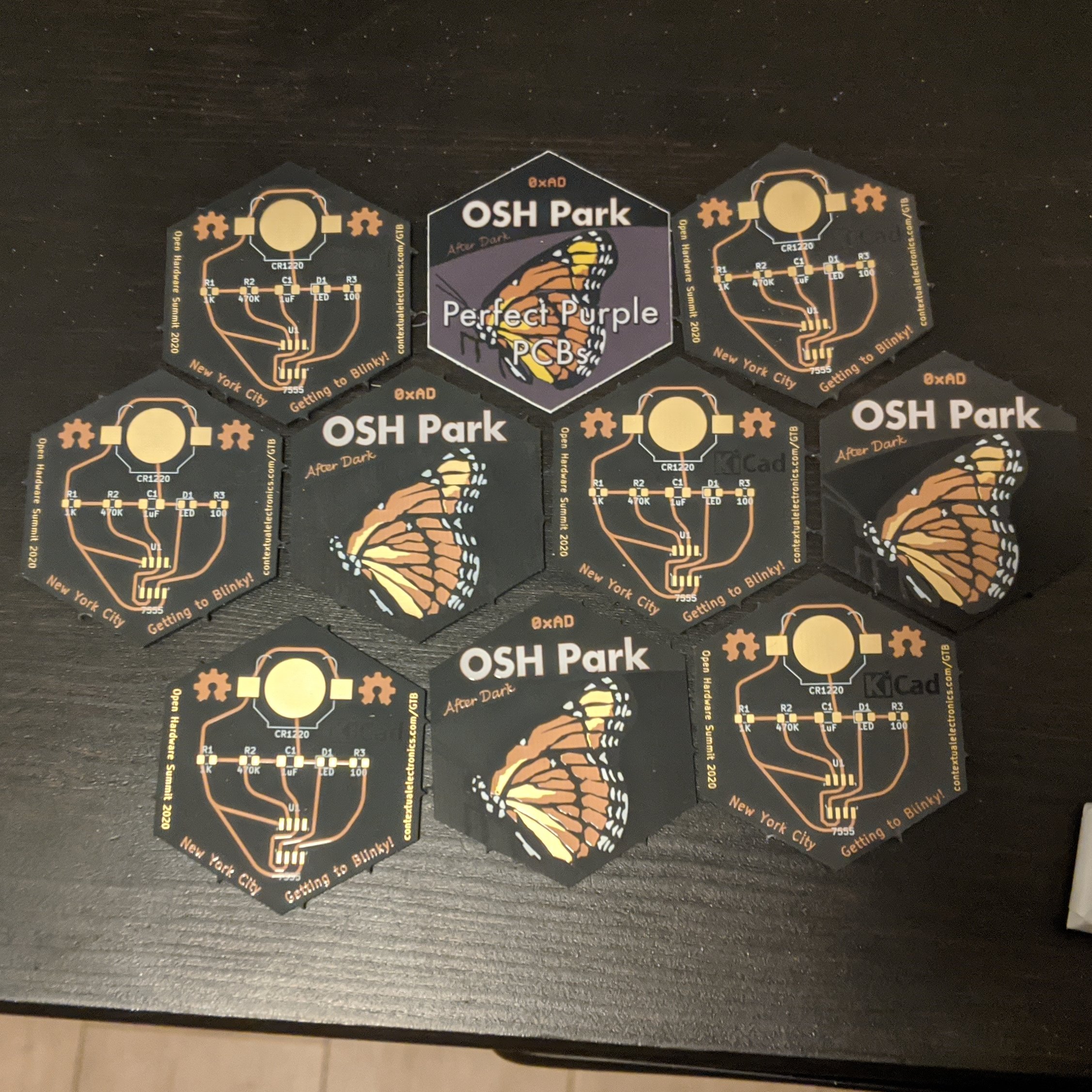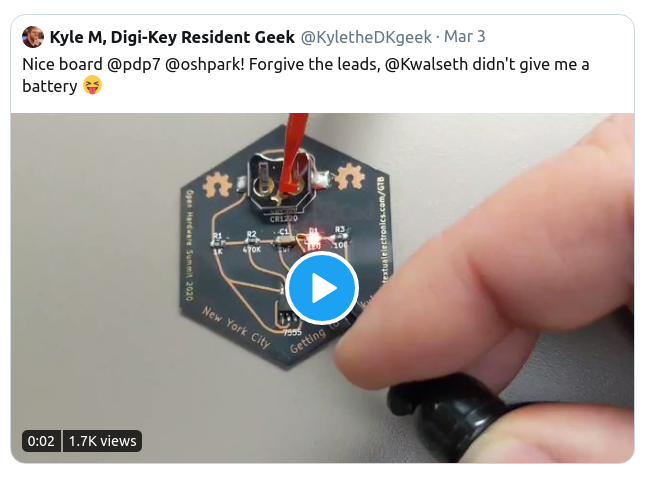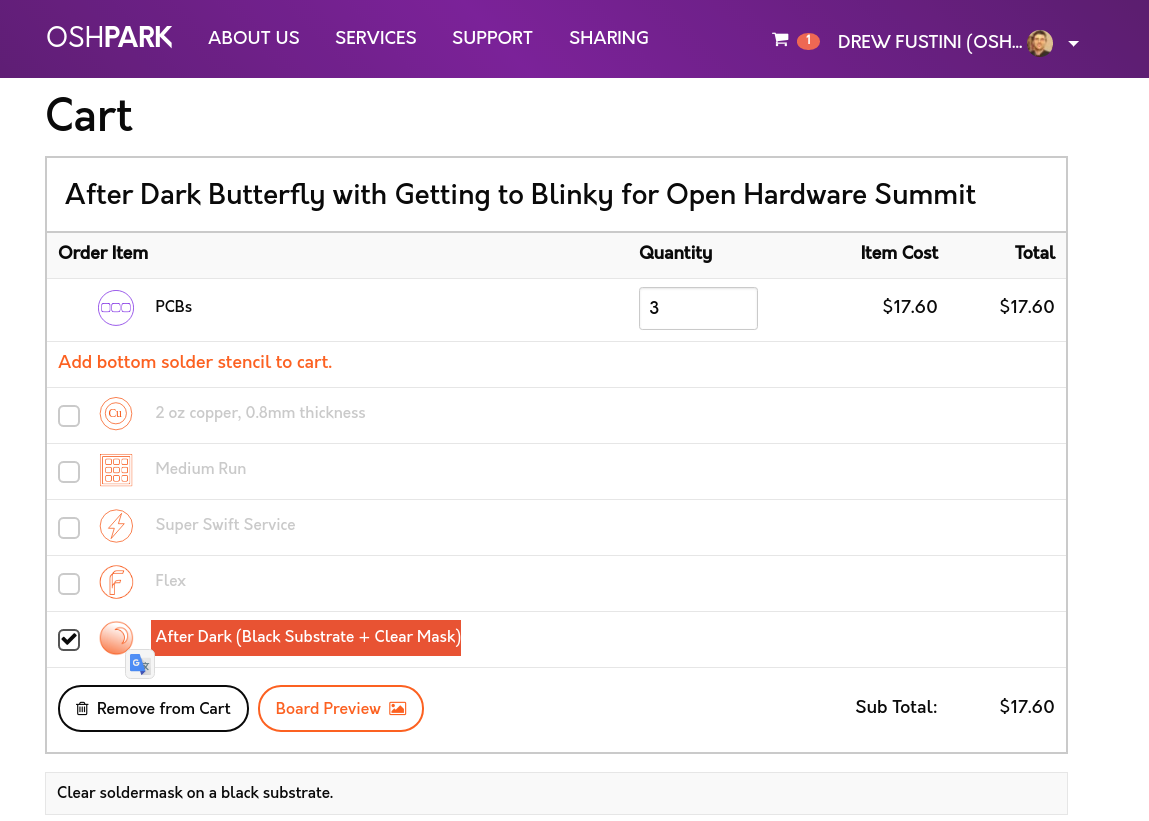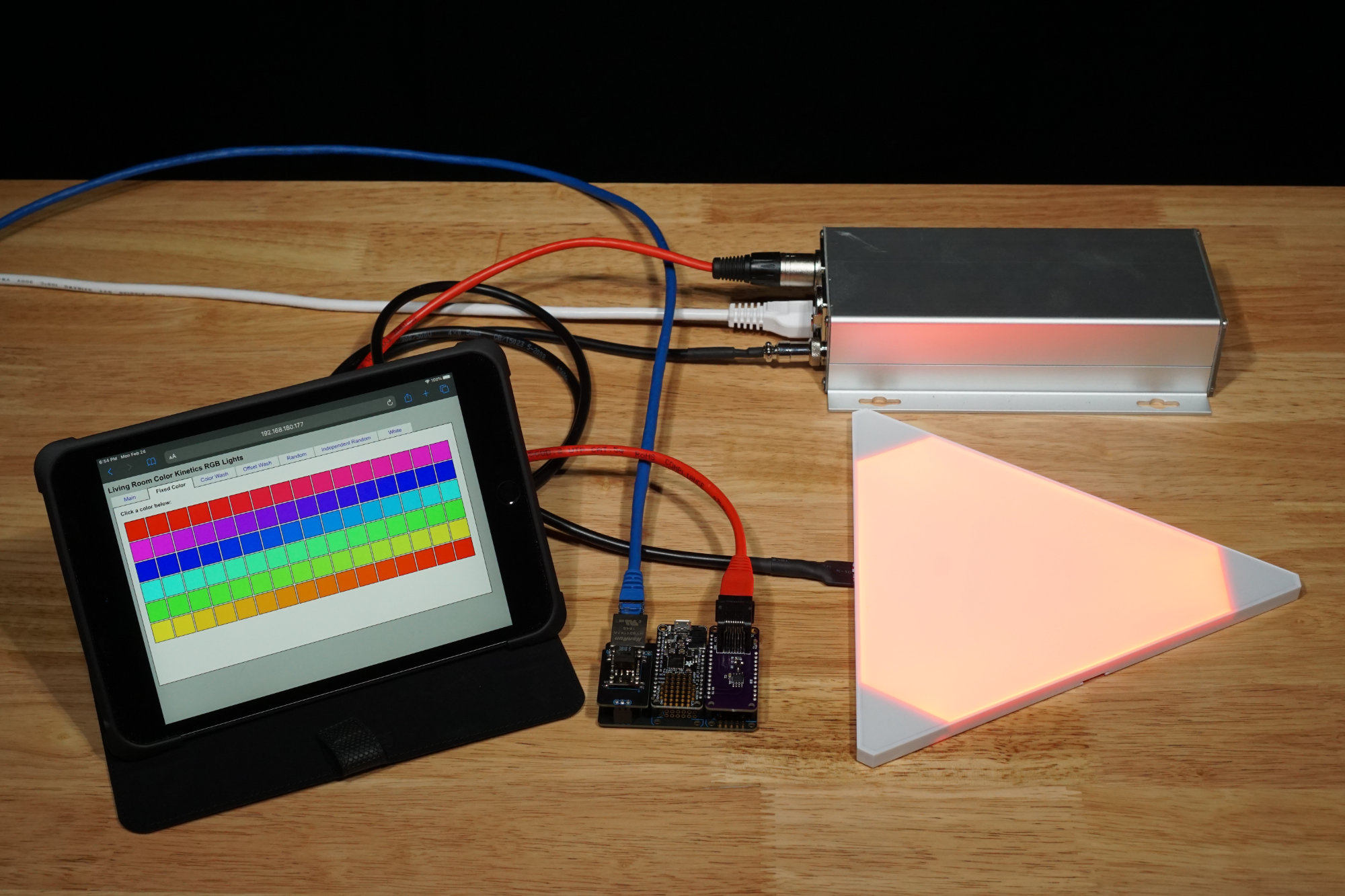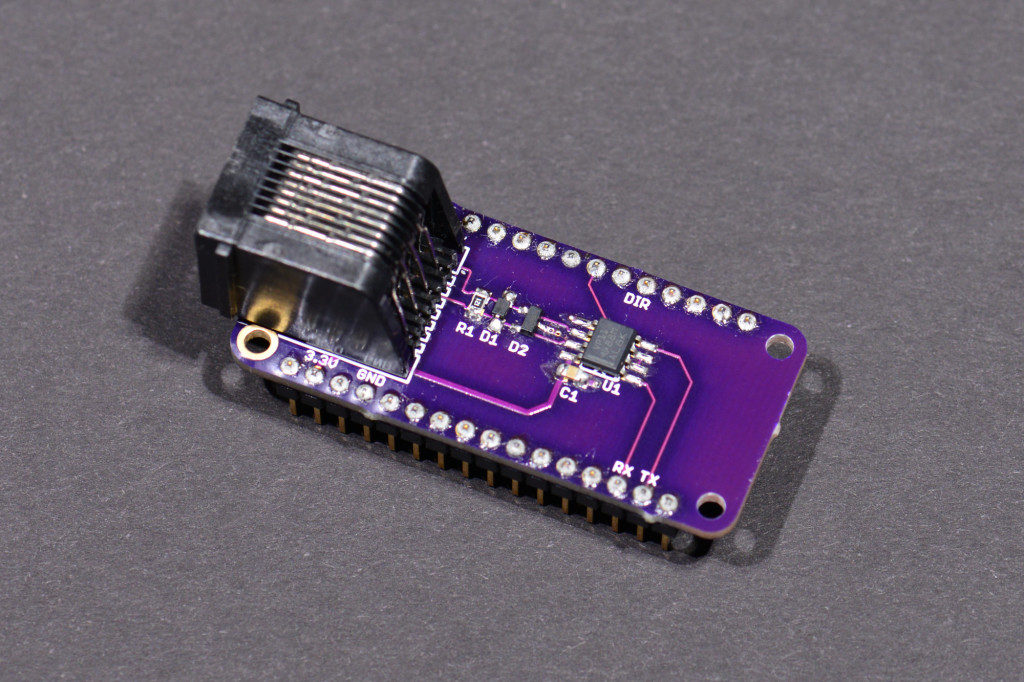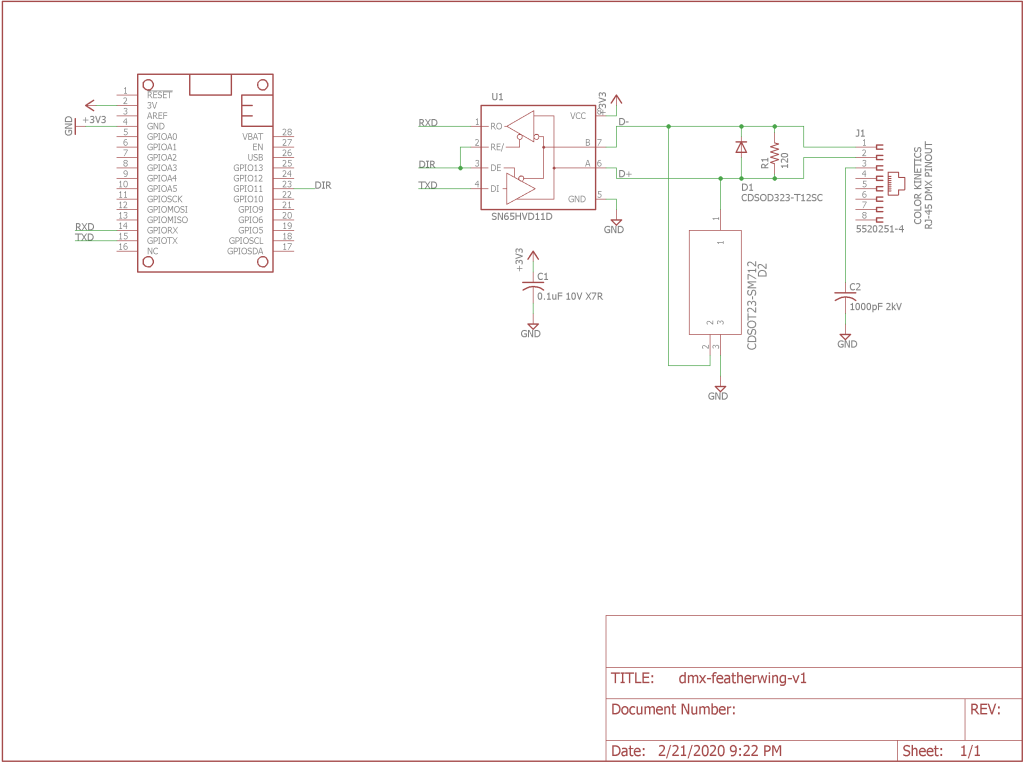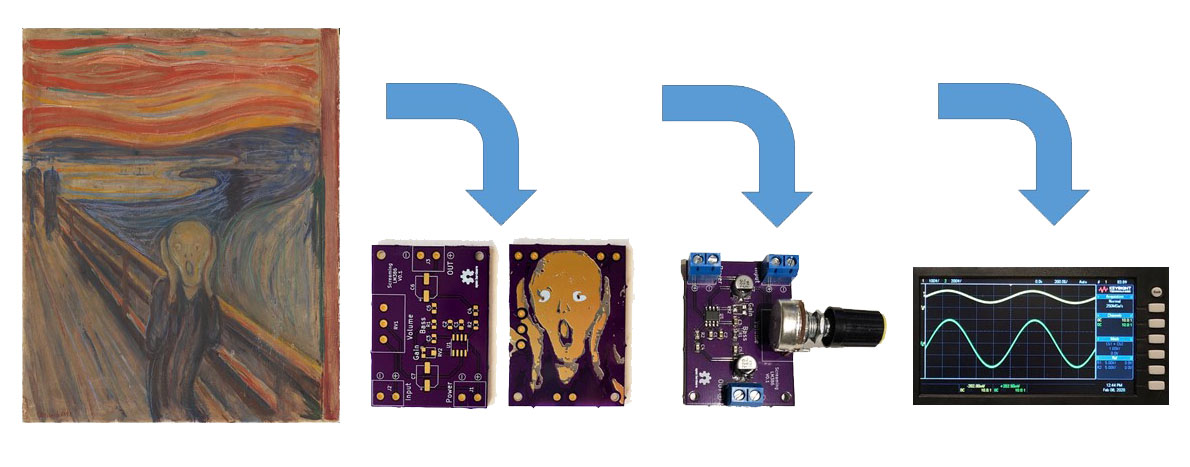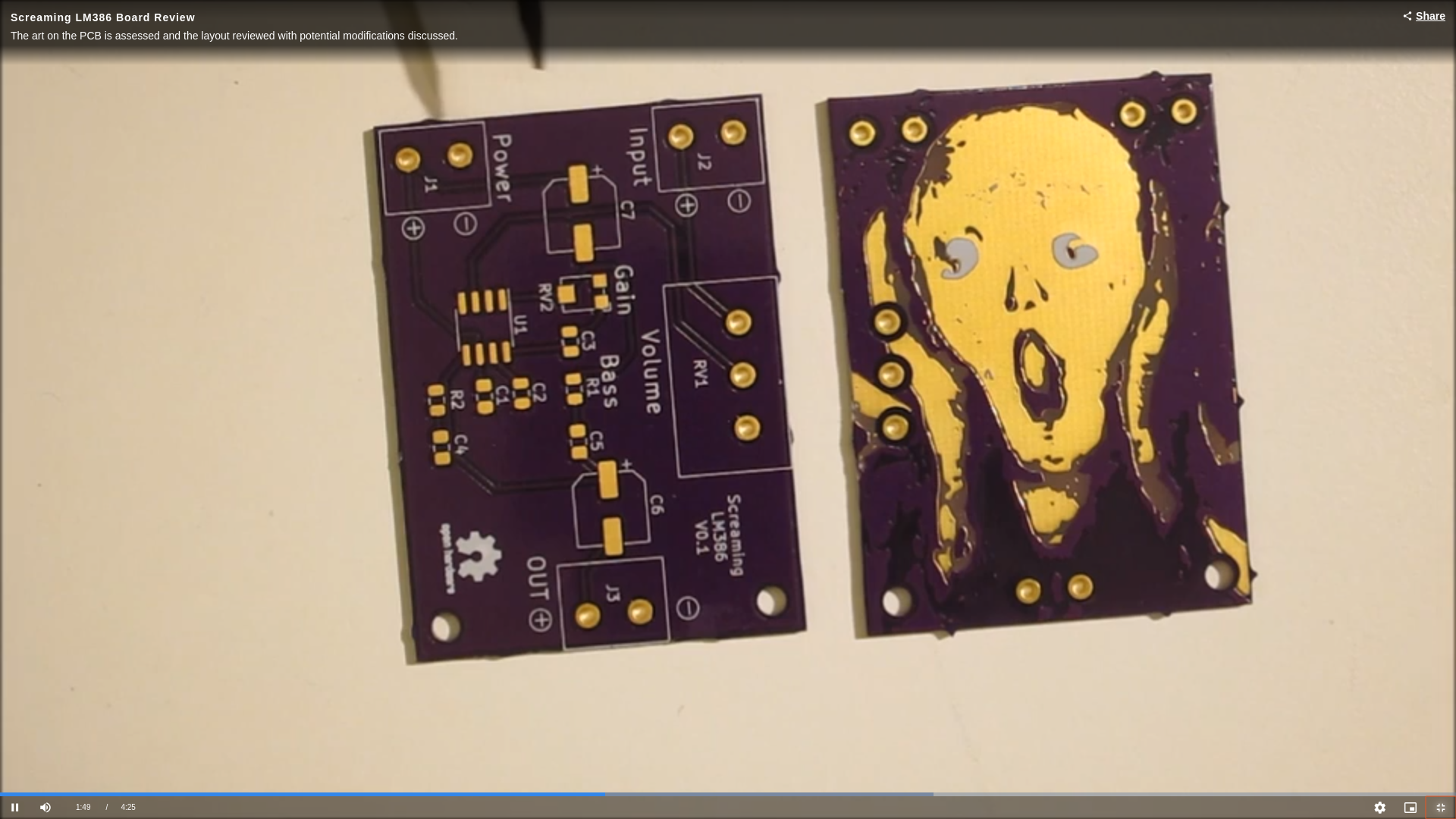Mahesh Venkitachalam has created wondeful LED Earrings with the Lattice iCE40UP5k FPGA and shared the project on our website:
iCEBling
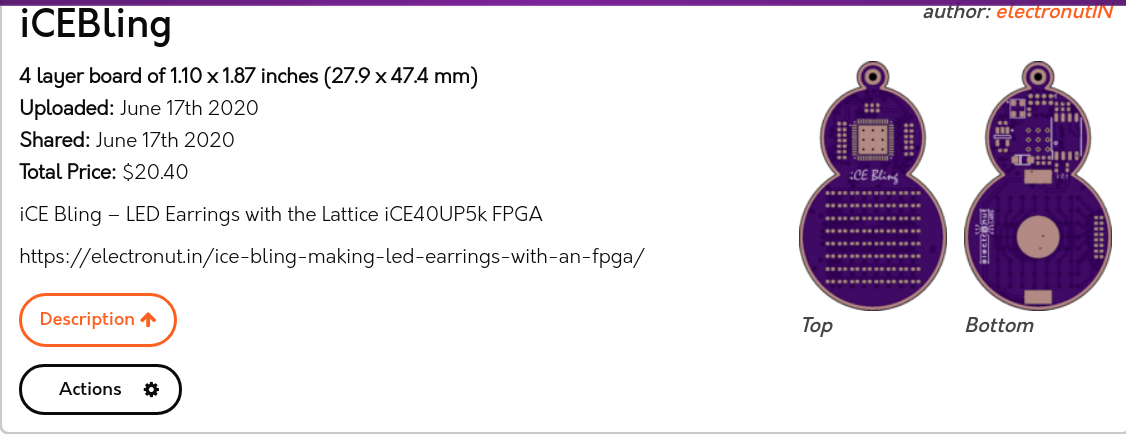
Find out more about the project in this blog post:
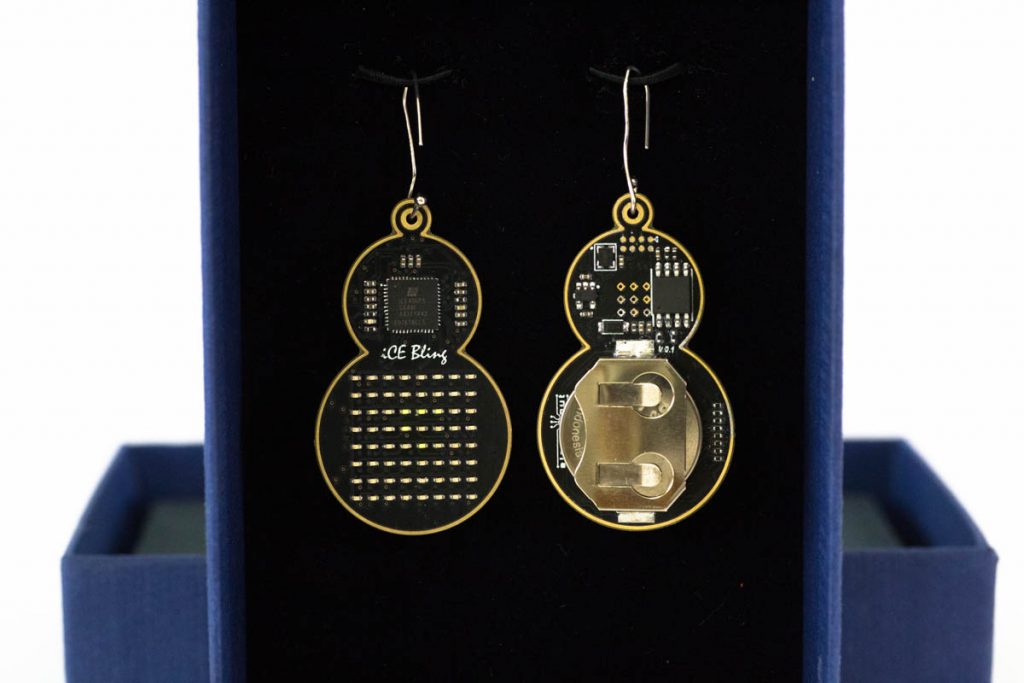
iCE Bling FPGA – Beautiful LED Earrings with Lattice iCE40
It’s the same story every year. At the horizon is a loved one’s birthday, or an anniversary, and I want to make them something special. Buying something won’t do. Oh no, I have to design and build it myself. I would then start with a simple idea, and then complicate it progressively to the point where it would take several anniversaries to finish the project.
This time, I wanted to build a pair of earrings for my wife’s birthday. Since I am learning about FPGAs these days, I wanted to incorporate one into the design. Having gotten older and wiser, I decided to enlist help early on. I would focus on the overall design and the programming part, and leave the PCB design and assembly to my trusted friend and engineer Siva.

